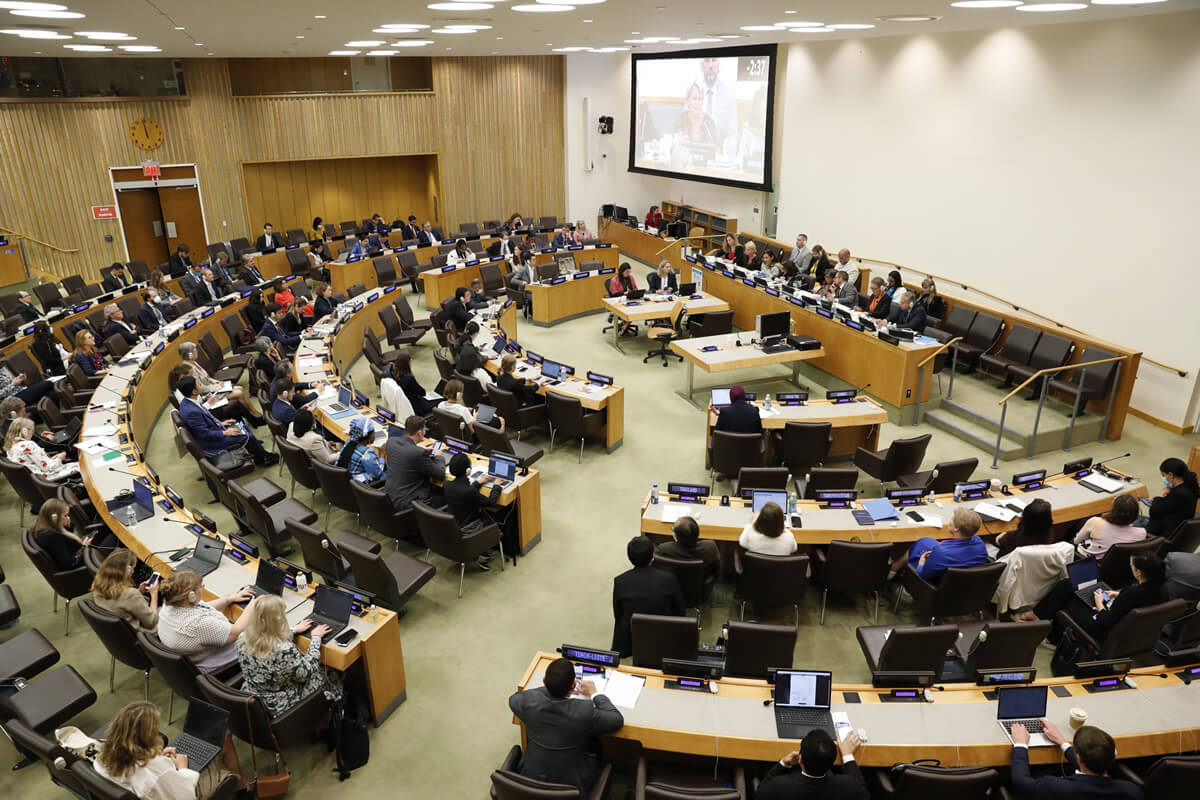TAFE SA’s new state of the art Advanced Welder Training Centre is skilling students for the state’s shipbuilding jobs boom following the installation of 12 welding simulators, which are the most advanced of their kind in the world.
A $1 million investment by the Department of Industry and Skills in the simulators, now operating at the TAFE SA Regency Campus, is part of the Marshall Liberal Government’s plan to ensure South Australians have the skills for jobs in naval shipbuilding for the Future Frigates and Future Submarine programs.
Minister for Industry and Skills David Pisoni said the state-of-the-art equipment will provide a valuable training platform to supply skilled workers to the Osborne naval shipyard when the program commences next year.
“There are enormous naval shipbuilding opportunities on the horizon that are heading to South Australia and the Marshall Liberal Government is ensuring that we provide the right resources to fill these jobs through appropriate skills and training,” he said.
“Welding techniques required for shipbuilding are of a higher quality standard than regular welding techniques and these simulators will allow students to practice their technique until they consistently meet the quality standard.”
It is anticipated that the continuous naval shipbuilding program in South Australia will require around 2,600 more tradespeople by 2027.
Minister Pisoni said the Marshall Government has introduced a myriad of measures to boost South Australia’s skilled workforce including strengthening South Australia’s VET system, re-establishing the Industry Skills Councils and creating more than 20,800 new apprenticeships and traineeships.
“Investing in training equipment like welding simulators and providing funding for additional work-based apprenticeships adds to the work we are doing as a government to develop the skilled workforce that is required to fully capitalise on the naval shipbuilding program,” he said.
The Advanced Welder Training Centre is particularly supporting apprentices in Certificate III in Engineering – Fabrication. This TAFE SA qualification was the first in Australia to be endorsed last year by the Naval Shipbuilding College.
Education Minister John Gardner was excited to see TAFE SA students being skilled in areas that lead to jobs.
“This new Advanced Welder Training Centre offers an incredible training opportunity for TAFE SA students to learn using the most advanced welding simulators currently available,” he said.
“These simulators are another example of TAFE SA utilising the latest technology in an educational environment to prepare students with the skills and knowledge for long and successful careers.
“TAFE SA will continue to work hard to align programs with the broader Defence industry and increase the employability of its graduates.
“The shipbuilding boom will offer a broad range of roles and career paths, and the Marshall Liberal Government is committed to boosting skills-training and equipping South Australians with skill sets that align with industry needs.”
Weld Australia Chief Executive Officer Geoff Crittenden said the technology has immense benefits for students.
“By using this technology, TAFE SA will not only be able to upskill existing welders, but also train transitional workers and apprentices to be part of the Defence program,” he said.
“Without a doubt, the successful implementation of this innovative training initiative will revolutionise welder training in Australia. It will raise the standard of welder education in Australia, putting our welder training on par with the best in Europe and America.”
TAFE SA Director Defence Industries, Penny Johnston, said that there were many advantages for students to use the cutting-edge technology as part of their training.
“The detailed feedback a student receives on their performance is instantaneous and increases the rate at which they acquire an understanding of how they can improve,” she said.
“Students are able to build muscle memory with welding techniques much more quickly and the techniques learned can then be taken to the workshop to be performed in a live environment.
“Students trialling the equipment have already provided very positive feedback and we will also welcome visits from school students and pre-employment groups through ‘taster’ courses which will help build the pipeline of students in training for welding careers.
“We look forward to working closely with Weld Australia and other industry partners to maximise the benefits of this training centre.”







